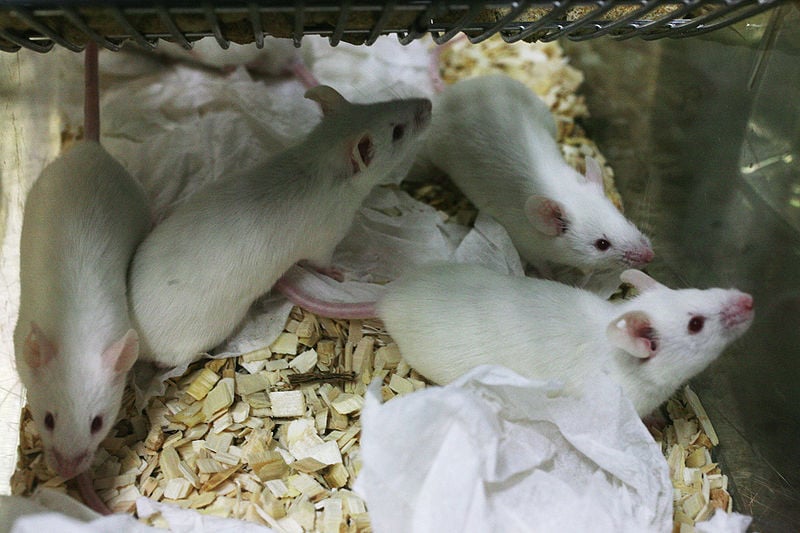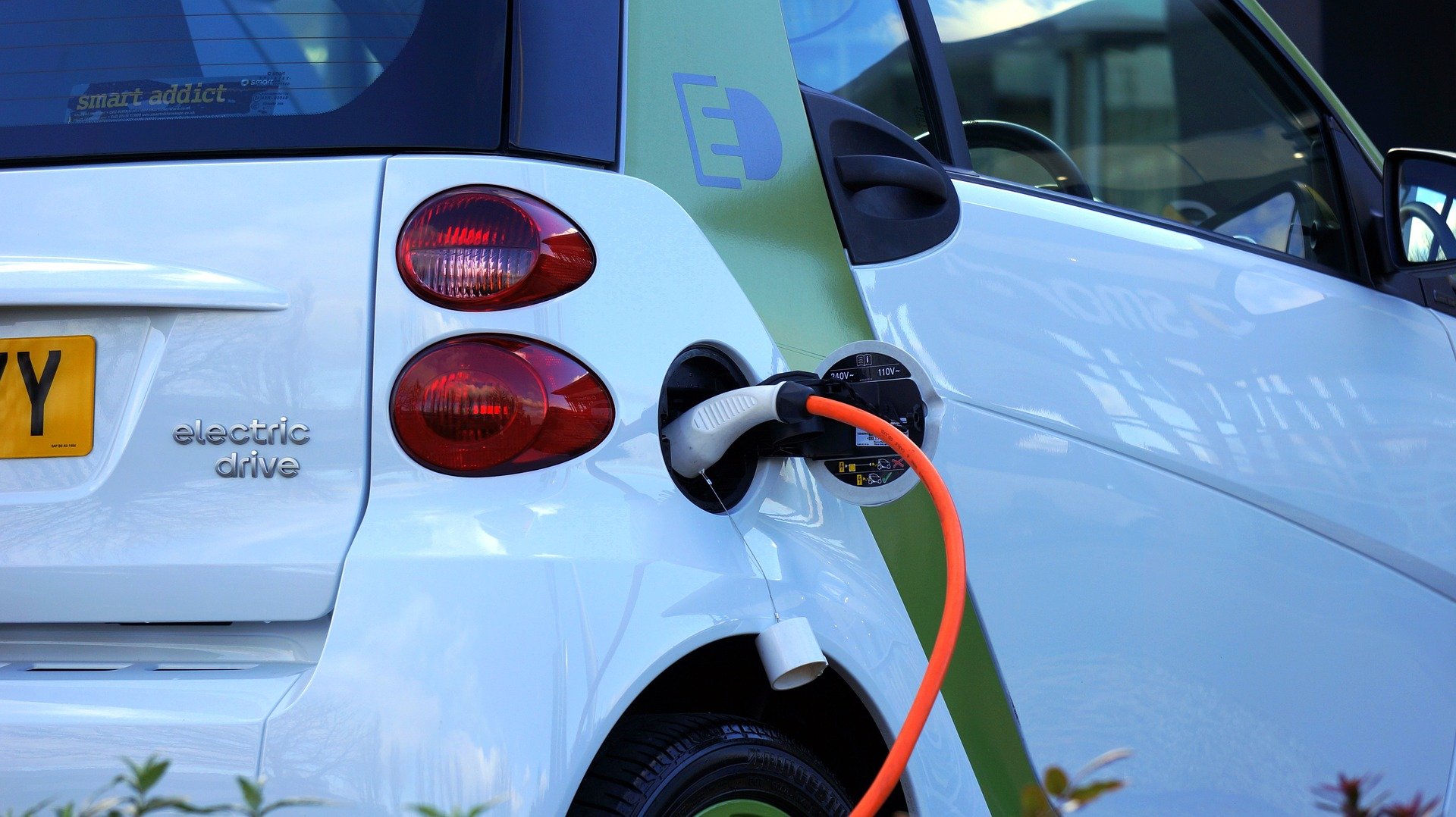
Every year, millions of animals have to suffer or even lose their lives in medical research. In Germany, the number is about 2.7 million; in Europe, about 12 million animals such as mice, rats, birds, rabbits, dogs, monkeys, horses and many others are used for testing. According to a survey of EU states by the European Commission, this primarily concerns human medical studies such as nervous and mental diseases, cardiovascular diseases and cancer.
Mice are used in research into the consequences of strokes. Worldwide, more than 200,000 animals are used each year. Scientists use their brains to simulate vascular occlusions and their consequences. But that could soon change. Physicians and chemists at the University of Duisburg-Essen (UDE) in Germany want to establish new methods in stroke research without the use of animal testing: “Mini-brains” from the laboratory are to replace mouse models.
Up to 20,000 fewer mice per year
According to the researchers, the three-year project will focus on 3D organoids in an in vitro process during which cell structures are produced in the lab that resemble organs to be used as tissue for investigations. While this method is not new in itself, “We are applying it to stroke research for the first time,” says Prof. Dr. Matthias Epple from Inorganic Chemistry.
Together with his colleague, Dr. Viktoriya Sokolova, biologist Prof. Bernd Giebel (Institute of Transfusion Medicine) and physician Prof. Dirk M. Hermann (Chair of Vascular Neurology, Dementia and Aging Research) from Essen University Hospital, Germany, Epple wants to optimize and validate the model. This should make animal experiments superfluous as quickly as possible, at least in this area of research. “If we can achieve this, research will need up to 20,000 fewer mice per year,” estimates Prof. Hermann.
Research on active ingredients using “mini-brains”
The three scientists and their teams have been preparing this project for years. Now, three to six different cell types are being cultivated in the laboratory and then tests previously carried out on mice are being performed on the “mini-brains.” Which active ingredients pass the blood-brain barrier and what is their effect? Among the drugs tested are extracellular vesicles and ultra-small nanoparticles with different sizes and charges. “This drug discovery is an important step in the development of new drugs; it could help us develop a stroke therapy,” explains Prof. Giebel.
The project is being funded by the German Federal Ministry of Education and Research (BMBF) with €750,000. The scientists hope to produce a publication, hold a workshop and create a YouTube channel by the end of the project. This will help make new approaches in stroke research without animal testing more widely known.
Also interesting:
3D printing and simulations to substitute for animal testing
Paradigm shift in the use of animal experiments: Fewer animals, more reliable results
3D printing cuts down on animal testing and fosters research
Research using 3D cell cultures instead of animal experiments
A 3D skin infection model as an alternative to animal testing







